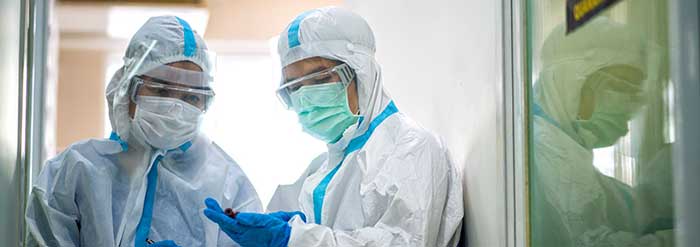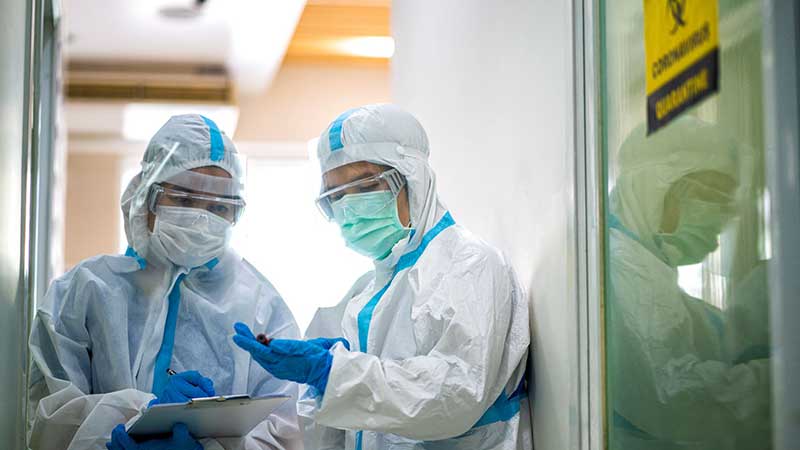
College students lucky enough to know about it are embracing the growing movement toward prior learning assessment, and many say credits earned in this way helped them complete a degree or program they otherwise would not have.
Those are among the findings in the latest research from a partnership between the American Association of Collegiate Registrars and Admissions Officers (AACRAO) and Western Interstate Commission for Higher Education (WICHE), supported by Lumina Foundation and Strada Education Network.
The survey offers insights into the growing trend of prior learning assessment (PLA) from the perspectives of about 1,200 college students and registrars at 400 U.S. colleges. Prior learning describes what students know and can do, including skills learned on the job, in military training, through certifications or apprenticeships, and in life experiences.
Here is what the college registrars said:
- Eight out of 10 U.S. institutions offer one or more PLA options to students. Of those, more than one-third have increased their PLA offerings in the past three years.
- About one-third agree that institutional policies make it difficult for students to earn credit for what they’ve learned outside classroom walls. For instance, more than half charge a fee for processing PLA, and a majority will not accept PLA in transfers.
Here are the students’ views:
- Their campus experiences show many pathways for earning college-level credit for prior learning, and most who try are successful in doing so.
- One-fourth of those who earned PLA credit say those credits “made it possible to complete a degree/program they otherwise would not have.” This saved students both time and money.
- More than 16 percent said the extra credits also benefited them in their jobs.
- Individual connections appear to be the most important factor in how students learn about the opportunity to earn credit.
Essential in era of COVID-19
While these findings show the promise of PLA, they also reveal that it has been slow to catch on. About 21% of the schools surveyed don’t offer this option. And with only 32% of institutions tracking PLA data, it’s difficult to measure progress or identify potential equity gaps. Yet, the research shows that earned credits for prior learning can be particularly helpful for students of color, adult learners, and Pell grant recipients.
As one student told the researchers, “I want all the credit I can get without paying a ton of money.”
Helping students save time and money is especially important today, in the midst of COVID-19 and its devastating impact on the economy and education. Additionally, re-skilling and up-skilling are essential during the economic recovery. Rewarding prior learning can open “on-ramps” for many.
Across the finish line
Schools eager to offer PLA are encouraged to secure buy-in from faculty, update policies and practices to support it fully, and build awareness campus-wide. They can draw upon lessons learned and recommendations that have come out of the U.S. Department of Labor’s Trade Adjustment Assistance Community College and Career Training (TAACCCT) programs, of how to establish more effective PLA programs from other schools and systems.
The benefits are clear: PLA means faster completion of degrees, reduced student debt, enhanced confidence that all learning counts, and more opportunities to learn and earn. In short, it gives students the boost they need to cross the finish line.
[Editor’s Note: Read more details about this project, and stay tuned for updates on approaches for scaling up PLA and ensuring equitable results for all students.]
